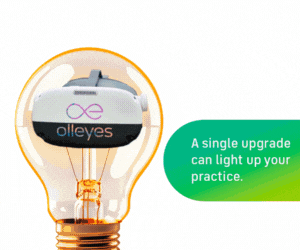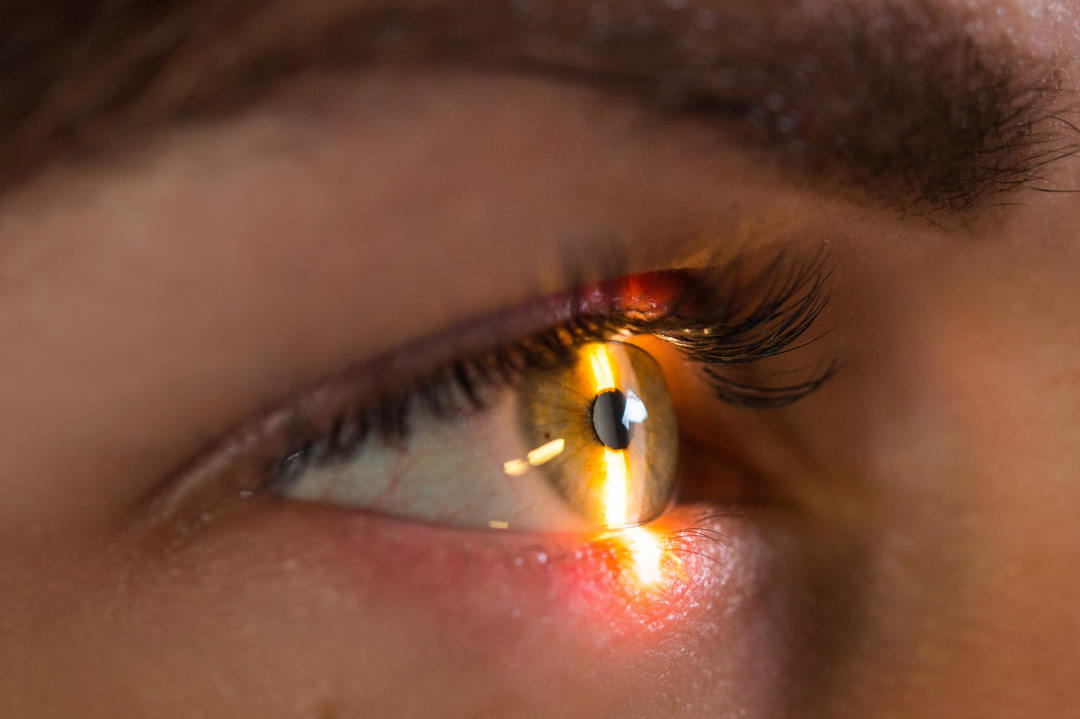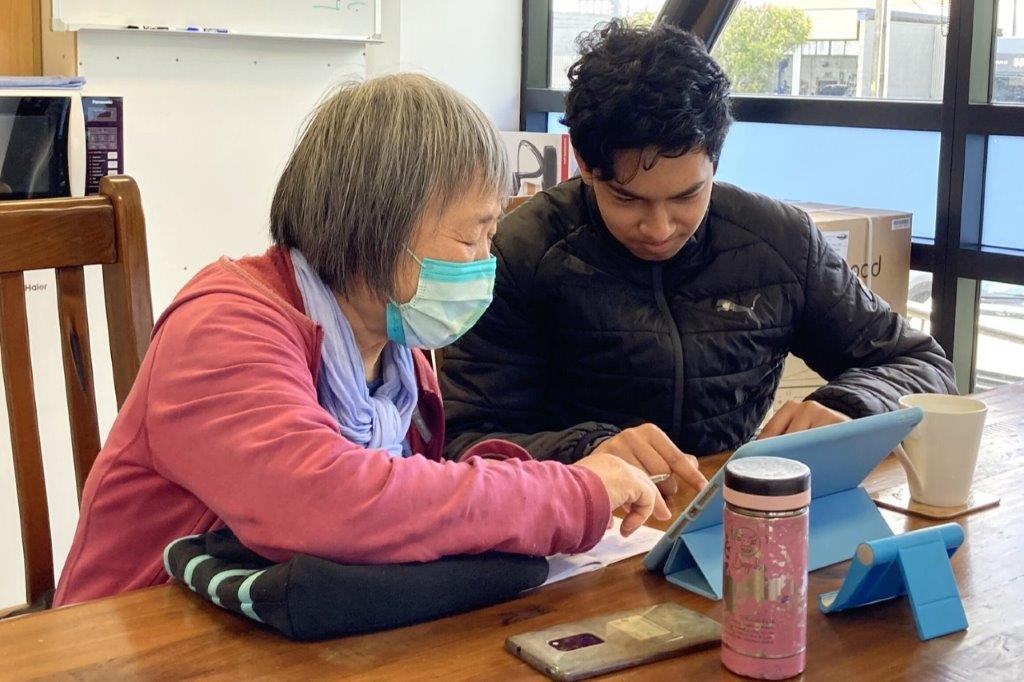Continuous eye pressure sensor trial
The first patient in a German clinical study has been implanted with an Eyemate-SC eye pressure sensor for continual glaucoma monitoring.
Ophthalmic medical device company Implandata said the patient in its international, multi-centre, Argos-SC01 trial was the first person implanted with its suprachoroidally-placed implant for continual monitoring of intraocular pressure (IOP).
Principal investigator, Professor Peter Szurman of the Sulzbach eye clinic in Germany, who performed the implantation in conjunction with non-penetrating glaucoma surgery said, “The Implandata sensor is pleasantly small and easy to surgically implant, so most patients undergoing glaucoma surgery are likely to be eligible candidates for such a pressure sensor.”
The product enables glaucoma patients to monitor their own eye pressure at any point in time, he said. “I expect that it will improve therapeutic compliance and also significantly reduce the risk of unnecessary visual field loss or even blindness due to glaucoma.”
The Eyemate-SC device allows implantation in glaucoma patients not indicated for cataract surgery yet, complementing Implandata’s already CE marked Eyemate-IO intraocular sensor implant, which is intended for use in glaucoma patients undergoing cataract surgery.
In contrast to the sporadic IOP readings obtained in standard clinical practice, Implandata says the Eyemate system provides actionable IOP measurements throughout 24 hours and outside the ophthalmologist’s office, enhancing treatment options and contributing to slower progression of vision loss in glaucoma patients. As the Eyemate system provides direct feedback to the patient in a home setting, the company says therapy compliance will be improved, as has already been observed in earlier studies. The number of office visits may be reduced for a considerable number of patients, while the ophthalmologist attains more and better information about the patient’s specific situation, it said, adding the aggregation of IOP measurement data may shed new light on the emergence and progression patterns of the disease, potentially unlocking new or more efficacious intervention approaches.


























